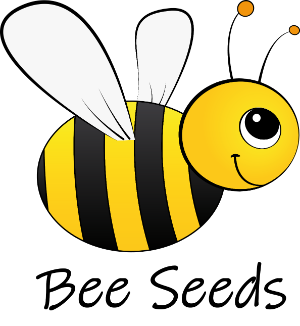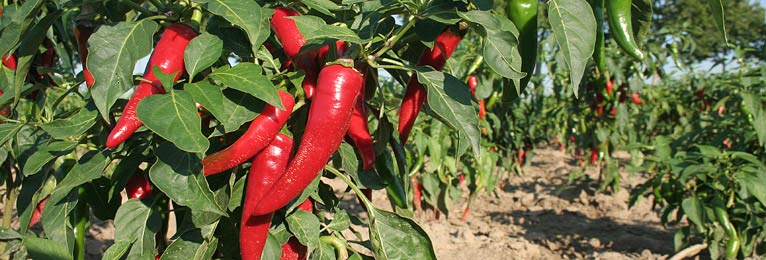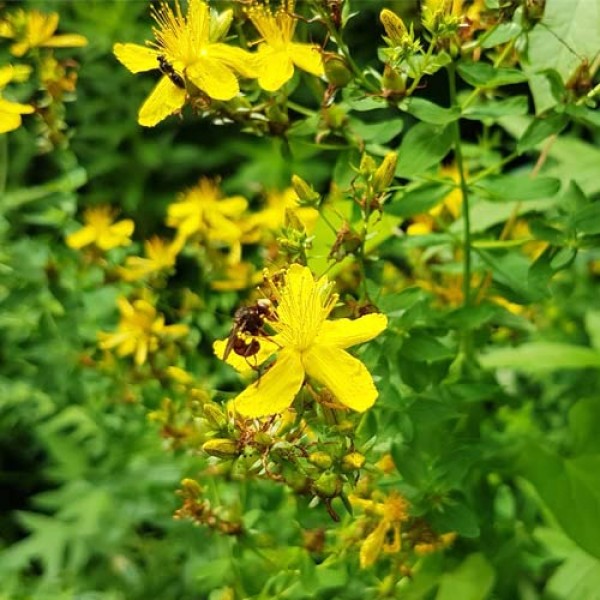
"Weeds" for Health
Hated by the gardener - strong for health!
Not just since Hildegard von Bingen and Pastor Sebastian Kneipp are we aware that our European vegetation holds a multitude of medicinal herbs. Many of our native wild herbs and weeds have been used in folk medicine for centuries.
Perhaps after reading this text you will no longer carelessly pass by the sometimes inconspicuous beauties that grow by the wayside, along field margins and in meadows and that carry enormous healing potential.
Dandelion
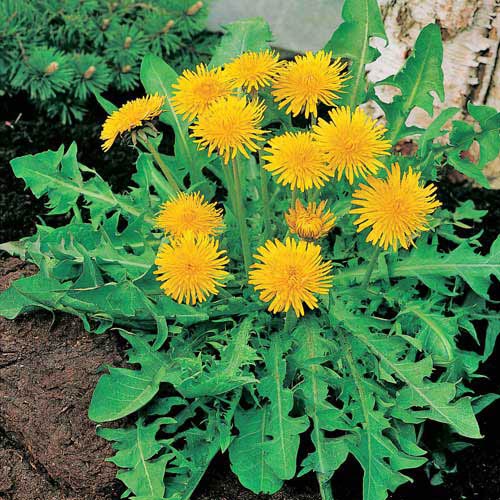 Everyone knows it, many gardeners hate it, but only a few know that the dandelion is one of the most powerful and versatile medicinal plant in our latitudes. However, its Latin name Taraxacum officinale already indicates this.
Everyone knows it, many gardeners hate it, but only a few know that the dandelion is one of the most powerful and versatile medicinal plant in our latitudes. However, its Latin name Taraxacum officinale already indicates this.
It is mainly the root of the dandelion that is used for medicinal purposes, but also the whole plant. It contains health-promoting bitter substances, flavonoids, tannins and many minerals, especially calcium.
It stimulates all glandular secretions, i.e. it stimulates the gall bladder, appetite and metabolism. This is why it is used for treating bloating, flatulence, loss of appetite and liver and gallbladder disorders. Due to its blood cleansing and diuretic effect, it is a common ingredient in blood cleansing and detox teas. Dandelion also prevents the formation of kidney and gallstones and can be used to treat rheumatism, gout and skin diseases. It also grows at the exact time in early spring when a detox cure after winter is most effective.
Small tip: Eat a fresh dandelion blossom every day for a week in spring as a quick detox programme.
Nettle
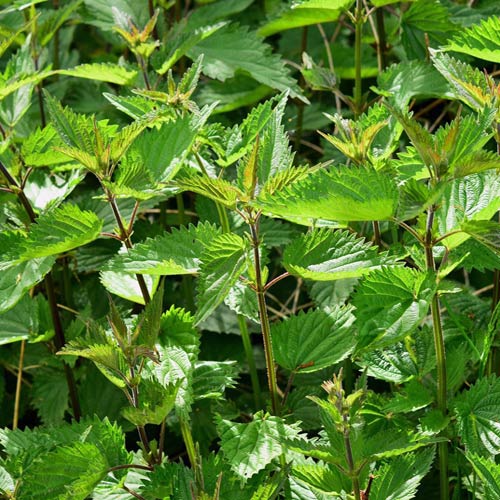 The stinging nettle is another "weed" that is only welcome to gardeners for the preparation of a stinging nettle liquid manure, but is otherwise hated.
The stinging nettle is another "weed" that is only welcome to gardeners for the preparation of a stinging nettle liquid manure, but is otherwise hated.
Yet it has enormous power, especially when it comes to blood purification, drainage and detoxification. Nettle tea is traditionally used as a diuretic therapy for diseases of the kidneys and bladder. Its blood-purifying power helps against acne. In addition, nettle is very rich in nutrients: it is rich in silicic acid (SiO2), iron, magnesium, calcium, sodium and potassium.
Tip: It is best to harvest nettle leaves with gloves and then roll them with a rolling pin. This makes the stinging hairs harmless and you can even eat them raw.
Ribwort plantain
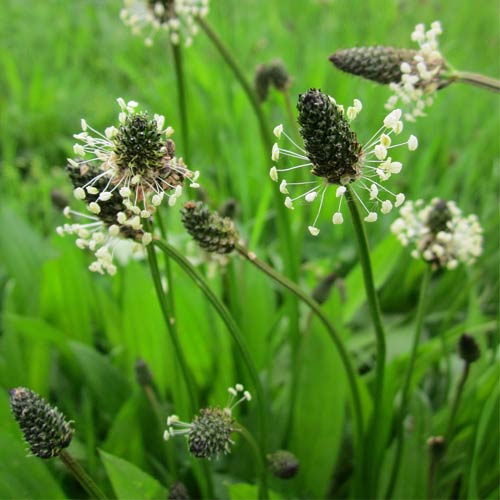 Particularly inconspicuous but nevertheless very curative is the ribwort plantain, which can be found in almost all meadows and lawns. It is clearly recognisable by its elongated leaves, which grow in a rosette and have parallel leaf veins.
Particularly inconspicuous but nevertheless very curative is the ribwort plantain, which can be found in almost all meadows and lawns. It is clearly recognisable by its elongated leaves, which grow in a rosette and have parallel leaf veins.
The leaves and seeds are used in medicine. Ribwort contains aucubin, a plant antibiotic, but only the fresh plant, not the dried herb. Together with its mucilage, tannins and flavonoids, it forms an unbeatable mixture for curing persistent irritable coughs, catarrh of the upper respiratory tract, bronchitis, asthma and inflammation of the mucous membranes of the mouth and throat. The soothing, wound-healing, antibiotic and haemostatic qualities can also be used externally to treat inflammations, wounds, swellings and insect bites.
Small tip: In summer, after an insect bite, quickly rub a fresh leaf of ribwort plantain between your fingers and then apply it to the bite. It will stop itching.
Yarrow
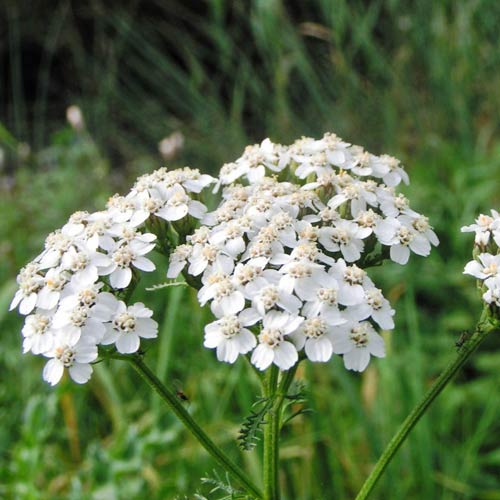 Yarrow, once frowned upon as a "weed" in the garden, should not be missing from any natural, bee-friendly garden today. It has been an edible wild plant for centuries and is known in folk medicine as bloodwort. The leaves of yarrow taste very aromatic and complement a wild herb salad or herb curd very pleasantly. It contains essential oils, bitter and tannic substances and phytohormones. This is why it is mainly used for gastrointestinal diseases and in gynaecology. It has a haemostatic effect and regulates menstruation, as well as being antispasmodic and hormone-regulating. It is used for abdominal cramps, menstrual disorders and pain. Its anti-inflammatory and wound-healing properties are used to treat gastritis and inflammation of the intestinal mucosa, bleeding and nosebleeds.
Yarrow, once frowned upon as a "weed" in the garden, should not be missing from any natural, bee-friendly garden today. It has been an edible wild plant for centuries and is known in folk medicine as bloodwort. The leaves of yarrow taste very aromatic and complement a wild herb salad or herb curd very pleasantly. It contains essential oils, bitter and tannic substances and phytohormones. This is why it is mainly used for gastrointestinal diseases and in gynaecology. It has a haemostatic effect and regulates menstruation, as well as being antispasmodic and hormone-regulating. It is used for abdominal cramps, menstrual disorders and pain. Its anti-inflammatory and wound-healing properties are used to treat gastritis and inflammation of the intestinal mucosa, bleeding and nosebleeds.
Tip: Be careful if you are allergic to composite plants, then it is better not to use yarrow.
St. John`s wort
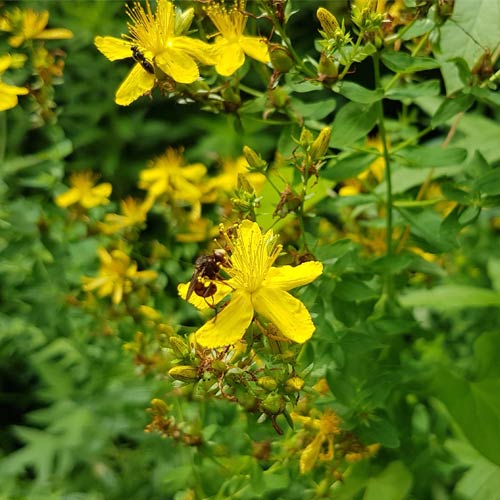 St. John`s wort with its small yellow flowers is a typical herb found on rubble, dry roadsides and often on traffic islands. It can also be recognised by its leaves, which have a small hole pattern when held against the sun. The leaves and flowers contain tannins, flavonoids and essential oil. St. John`s wort strengthens the nerves and has an antidepressant and analgesic effect. It can be used for anxiety, depression, nervous restlessness, exhaustion and sleep disorders. A flower extract in oil (red oil) unfolds its wound-healing power in sunburn, burns, wound healing and in the treatment of scars.
St. John`s wort with its small yellow flowers is a typical herb found on rubble, dry roadsides and often on traffic islands. It can also be recognised by its leaves, which have a small hole pattern when held against the sun. The leaves and flowers contain tannins, flavonoids and essential oil. St. John`s wort strengthens the nerves and has an antidepressant and analgesic effect. It can be used for anxiety, depression, nervous restlessness, exhaustion and sleep disorders. A flower extract in oil (red oil) unfolds its wound-healing power in sunburn, burns, wound healing and in the treatment of scars.
Tip: St. John`s wort makes the skin more sensitive to sunlight. Therefore, you should protect yourself well from the sun when taking St. John`s wort, otherwise you will get sunburn more easily.
IMPORTANT!
If you want to collect and use medicinal herbs yourself, make sure you choose unpolluted areas that are not used by dogs. No field edges (often sprayed with pesticides), roadsides (polluted with heavy metals), not in parks or along paths with a lot of dog walking. The best places are meadows and forest edges far away from pesticides and with little public traffic or your own organic garden.






